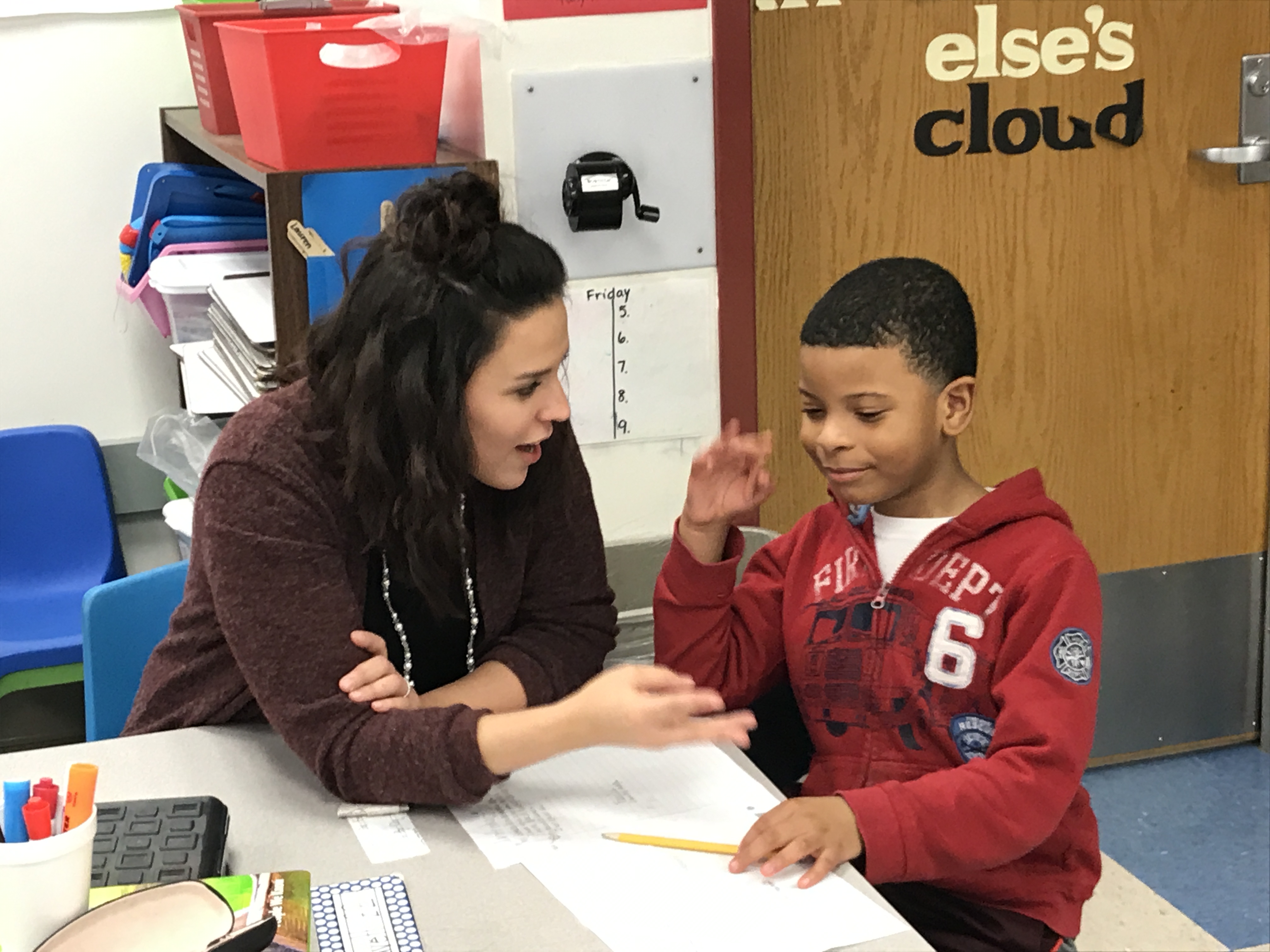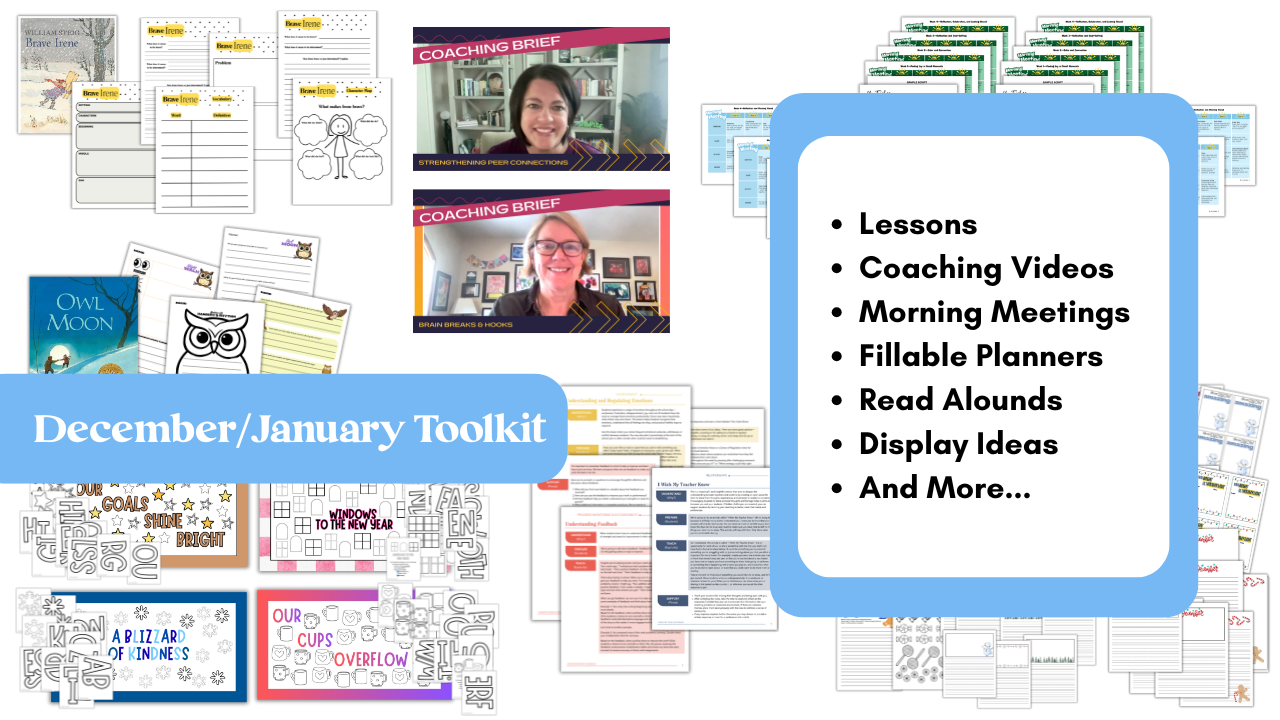
Think about your favorite part of the school day. For many teachers, it’s the quiet, one-on-one moments when you get to truly connect with a student—not just about academics, but about who they are as a learner and a person. That’s the heart of conferring.
We start the year with get-to-know-you conferences to build trust and connection. But we don’t stop there. As the year progresses, we shift into quick check-ins and engagement conferences that give us meaningful insight into student progress, interests, and learning behaviors. These conversations may be brief, but their impact is lasting.
Why Conferring Matters
John Hattie’s research backs up what many of us already feel to be true: individual conferring matters. In fact, reading conferences alone have an effect size of 0.52, and teacher-student relationships have a powerful effect size of 0.72—well above the threshold (0.40) for what's considered a high-impact strategy. These relationships aren’t just warm and fuzzy extras—they directly support academic success.
Conferring helps us:
- Know our learners better – their strengths, challenges, and what lights them up.
- Set clear, meaningful goals – helping students take ownership of their learning.
- Give targeted instruction and feedback – right at the point of need.
- Make learning visible – for both the teacher and the student.
When students feel seen, heard, and supported, they are more likely to stay engaged and motivated.
What It Looks Like in Action
A good conference doesn’t need to take 20 minutes. In fact, the best ones are short, focused, and responsive. Whether you're sitting side-by-side during writing time or pausing during independent reading to ask a quick question, you're opening a window into how that student is thinking, feeling, and progressing.
We find it helpful to plan for different types of conferences:
- Relationship-building conferences at the beginning of the year to establish trust.
- Quick checks to monitor understanding of specific skills or concepts.
- Engagement conferences to help students reflect, reset, or re-engage with their learning.
Each of these serves a different purpose, but all of them contribute to stronger teaching and deeper learning.
Conferring can feel daunting at first. With so many students and so little time, how can you possibly meet with everyone? The key is to keep it simple. You don’t have to meet with every student every day and making it a consistent part of your weekly rhythm pays off.
The good news is, Hattie reminds us that focusing your conference on the specific concept or standard being taught keeps things efficient and impactful. It’s not about doing more—it’s about making the most of the time you already have.
Conferring isn’t just a nice extra. it’s a high-leverage practice that builds relationships, deepens learning, and creates space for student voice and ownership. When we take time to sit down, listen, and guide, we’re not just supporting academic growth—we’re building trust, confidence, and community.




